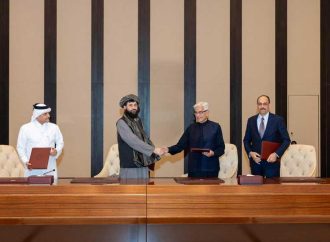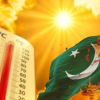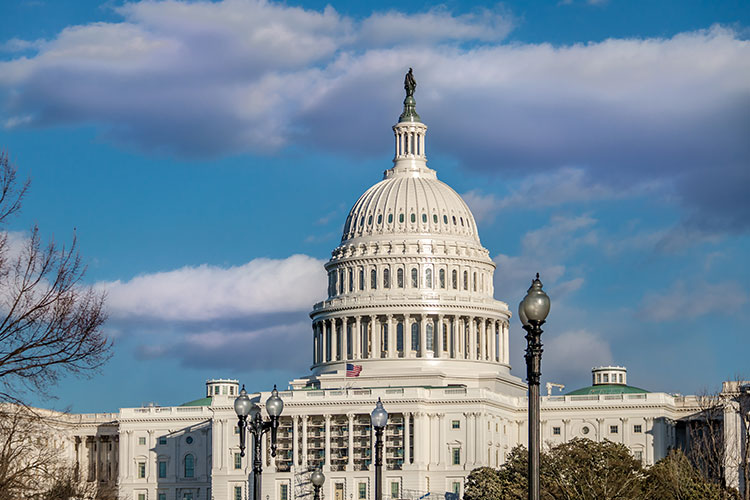Pakistan is home to 7,253 glaciers; this is the greatest number of glaciers anywhere in the world outside of the polar regions. However, Pakistan’s glaciers are melting erratically due to climate change and because there is lack of a clear policy on the protection of glaciers, it makes the inconsistent melting of glaciers a national
Pakistan is home to 7,253 glaciers; this is the greatest number of glaciers anywhere in the world outside of the polar regions. However, Pakistan’s glaciers are melting erratically due to climate change and because there is lack of a clear policy on the protection of glaciers, it makes the inconsistent melting of glaciers a national crisis. Pakistan needs to acquire more data on climate change by investing in monitoring stations around the country so it can make informed policy decisions and protect Pakistan’s glaciers before it’s too late.
Today, due to unpredictable changes in the weather, Pakistan is facing a water shortage of 22.6 percent. This is mainly due to a drop in temperature in northern areas of the country like Skardu that has prevented glaciers from melting causing a water shortage. Tarbela Dam has already hit dead levels and unless the abnormal weather changes, this water crisis will further exacerbate an already fragile water situation in Pakistan.
Pakistan currently does not have any existing legal mechanism or enough data to sufficiently address this crisis. Most of Pakistan’s laws are vaguely worded in regards to the climate and some of the data that is being relied upon is qualitative and not quantitative which hinders any effective policymaking on glaciers. Pakistan’s river flow is reliant on glacier melt (41 percent), snowmelt (22 percent), and rainfall (27 percent). Pakistan is heavily reliant on melting glaciers to complete its water demands.
When glaciers melt, their impact is felt all around south Asia, glaciers in the Hindu Kush region serve some of the most important rivers in the region, including the Indus, the Ganges, the Brahmaputra, the Mekong, and Yangtse rivers. Millions of people rely on water for their livelihood. Pakistan’s agriculture is also based on water-intensive crops like sugar and rice which makes Pakistan’s consumption of clean water higher and droughts are often an issue in our part of the world. Glaciers in that context are doubly important as when glaciers melt, they become automatic buffers against droughts in turn helping farmers to save their crops.
The country also relies on its river for clean drinking water and any irregularity in weather patterns without sustained human infrastructure becomes a recipe for disasters. Pakistan finds itself in a unique position in this regard, as the quick melting of glaciers can lead to floods like the in 2010 and villages closer to the glaciers are always at risk of floods. However, the slow melting of glaciers like the current crisis now is equally worrisome as the country is entirely dependent on the water flow that comes from the melting of glaciers to complete its needs.
Pakistan also wastes more than 40 percent of the water it receives every year. Within that context, Dams can be very important and useful source to store water and generate electricity. So, Pakistan has a few dams like Tarbela and is now working on new dams like the Diamer Basha dam, which can help regulate the flow of the Indus River and also generate 4,500 megawatts of electricity, however, there just isn’t enough data to study its adverse effects. Dams can harm the climate too as the hydrological cycle is directly connected with temperatures affecting the melting process of glaciers. US Agency for International Development (USAID) who is also funding the Diamer Basha dam project admitted that there isn’t enough data to determines the long-term effect it will have. As most of the data is based on qualitative considerations, opinions, and judgments without any substantial quantitative analysis.
This does mean that Dams should not be made, however, there needs to be substantial research done to find out what are the best options for Pakistan and how technology can be used to minimize damage and reach decisions that are ecofriendly for Pakistan and its climate. Despite Northern Pakistan being an enormously important region because of glaciers, the region barely has had a few research monitoring stations. This is a major problem as researchers and our scientists are using unreliable data to reach conclusions that may not reflect the reality being observed on the ground.
While Pakistan Metrological Department and Water and Development authority and Pakistan Space and Upper Atmosphere Research Commission are planning to come together to share data and understand the impact of climate change. The government of Gilgit-Baltistan is also setting up database resource centers locally to find newer ways to gather data. WAPDA has said that there are more than 200 monitoring stations required along the Indus River to meet the demand of climate researchers.
Research centers like these would be greatly useful in not just predicting weather patterns but also provide early flood warnings to communities nearby and give Pakistani policymakers a chance to make policy based on substantial quantitative data that has been lacking in regards to climate policymaking. If Pakistan today starts putting all its efforts into creating research stations throughout the region, the scientist within 5 to 10 years may be able to use that data to make predictions about weather changes and suggest measures to be taken.
Pakistan contributes about one ton of carbon per year, its overall contribution to global warming is mild but it one of the countries that are most threatened by climate change, and our present water crisis is proof of it. The international community needs to step up and help countries like Pakistan with funds and technology but ultimately it is up to us, we need to adapt and make policy based on the best scientific recommendations and we need to do it before climate change spins out of control leaving us little to no options.
- Implementing ICJ’s judgment on Jhadav – A question of National Security? - January 5, 2022
- The Legitimacy Conundrum – Pakistan and Tehreek-e-Taliban’s Agreement - December 1, 2021
- Cryptocurrencies and Pakistan - November 17, 2021





















Leave a Comment
Your email address will not be published. Required fields are marked with *